Tell someone today you’re looking for a serious American sports car, and there is a chance they may not burst into laughter because such a thing now exists…
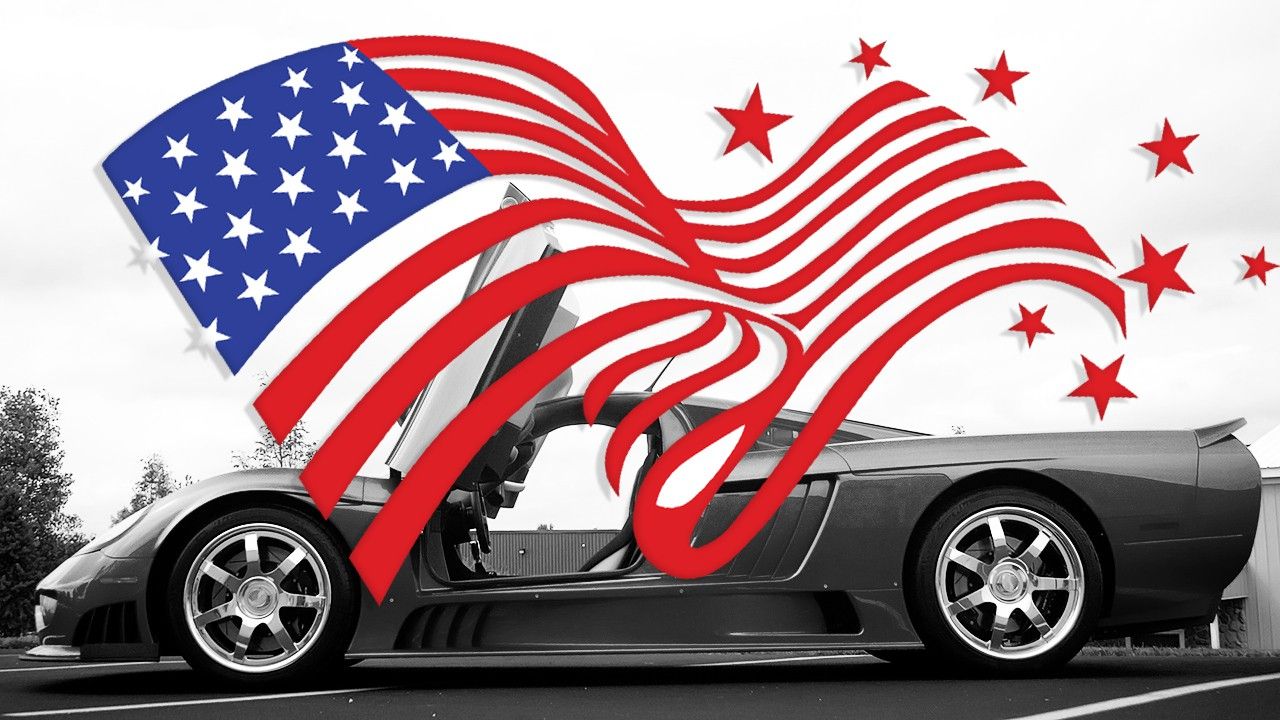
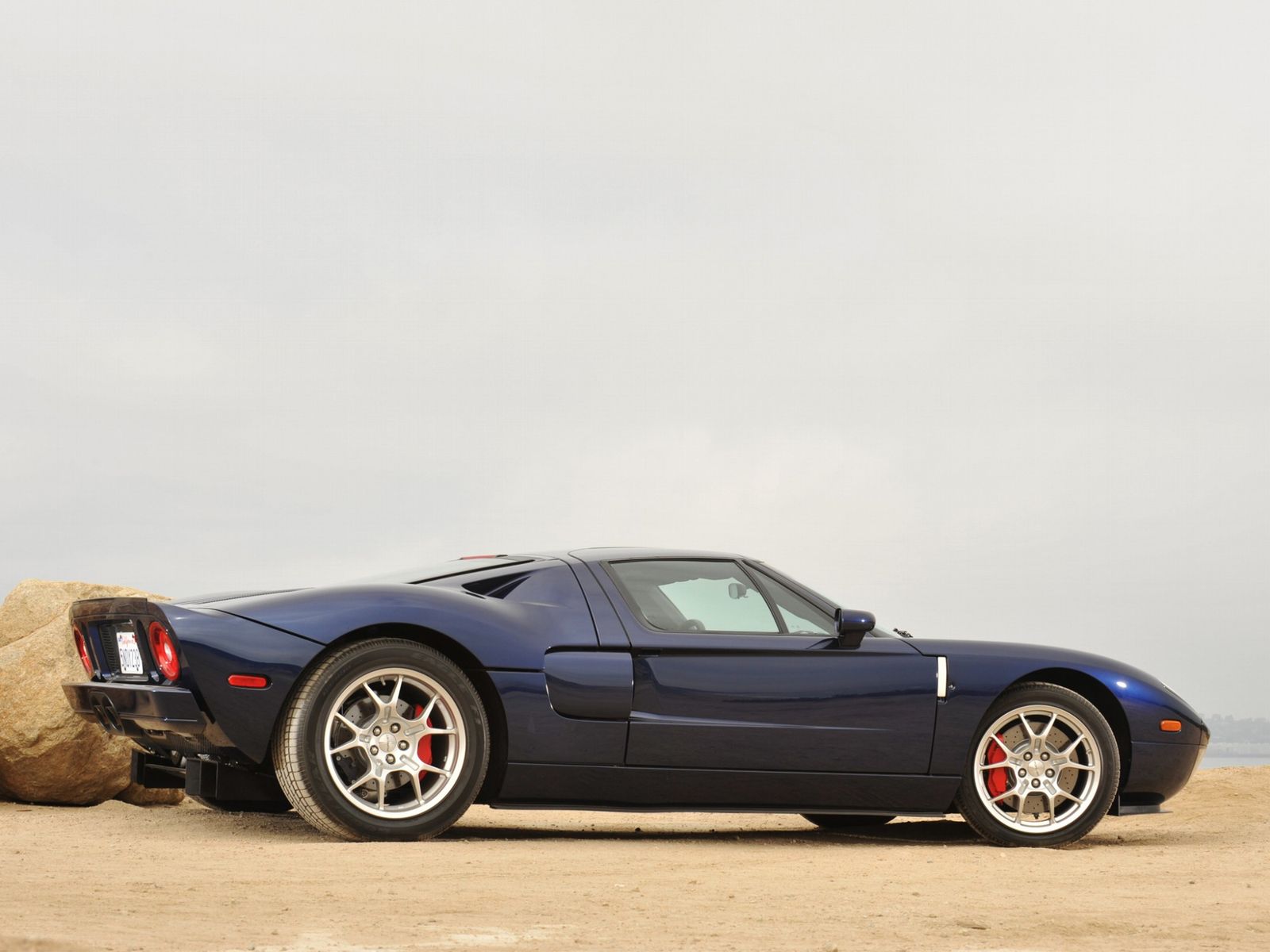
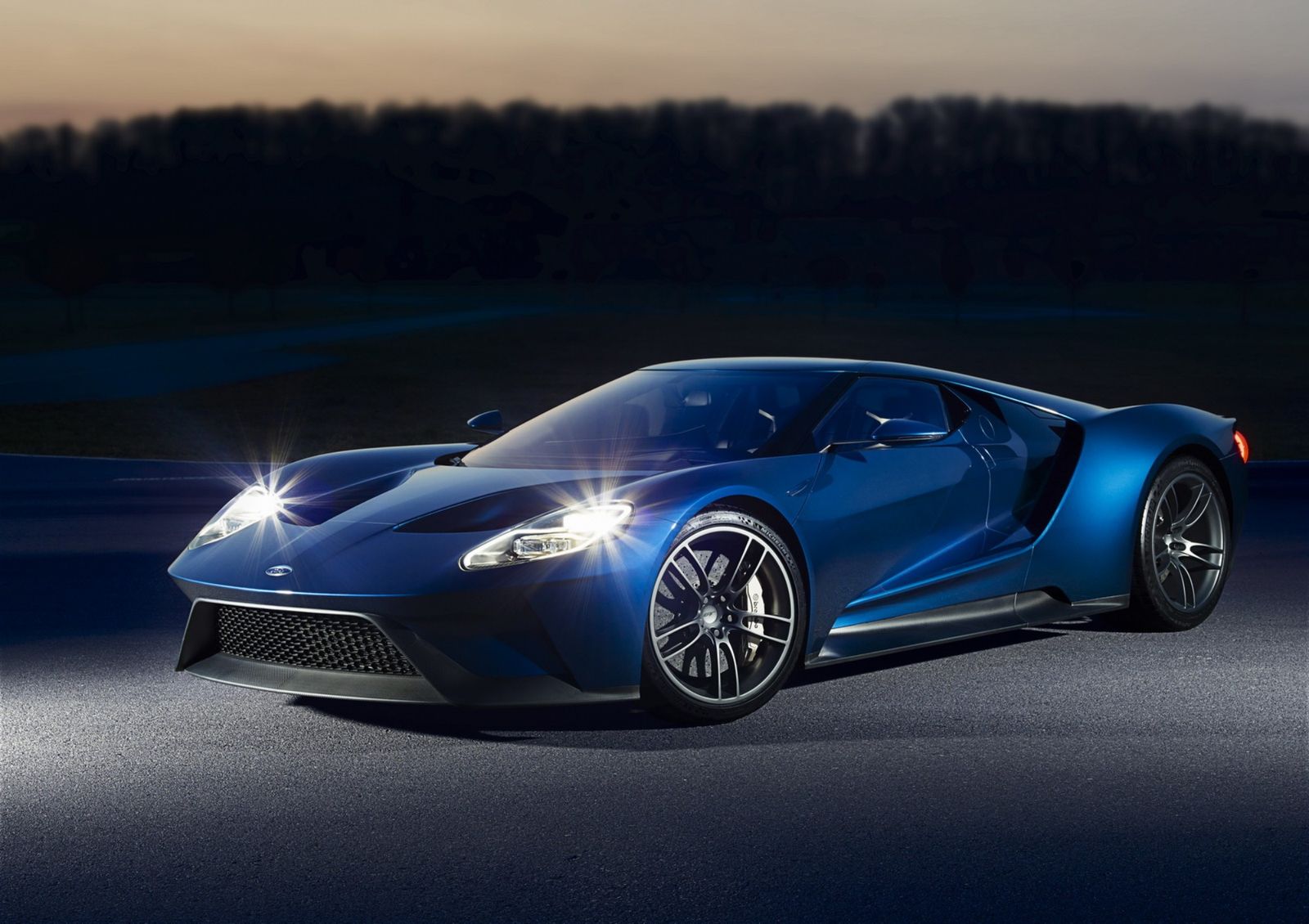
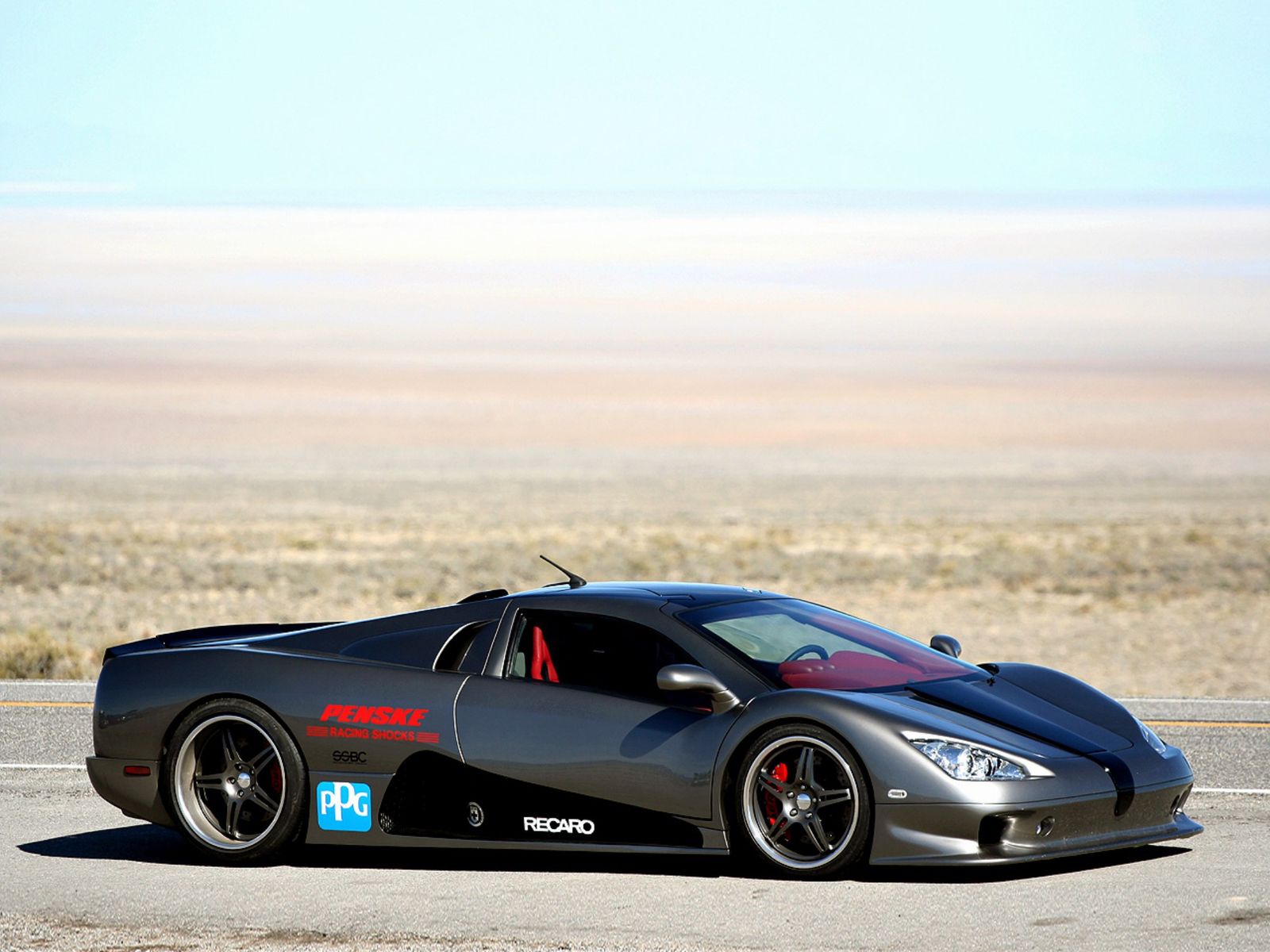

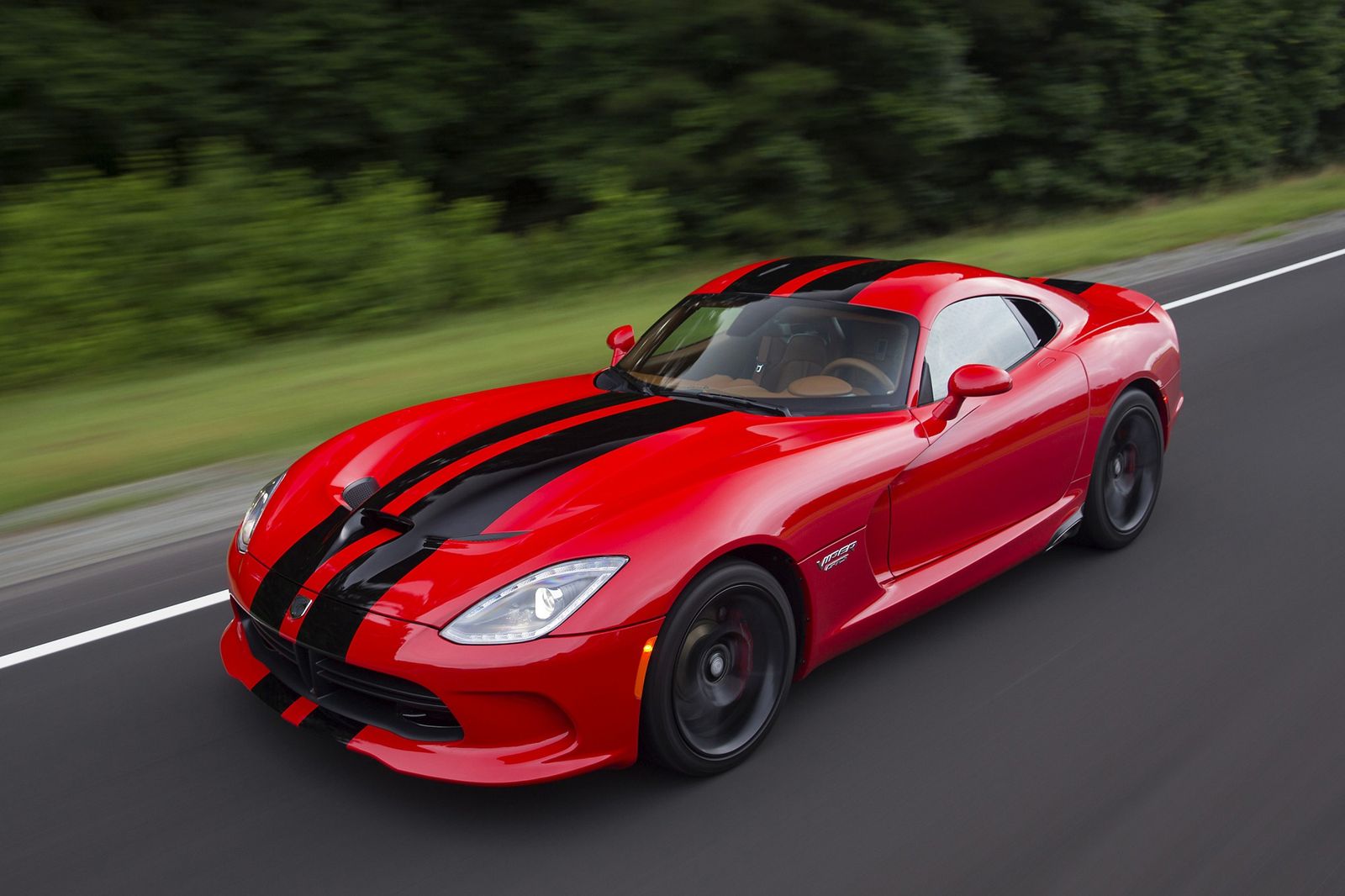
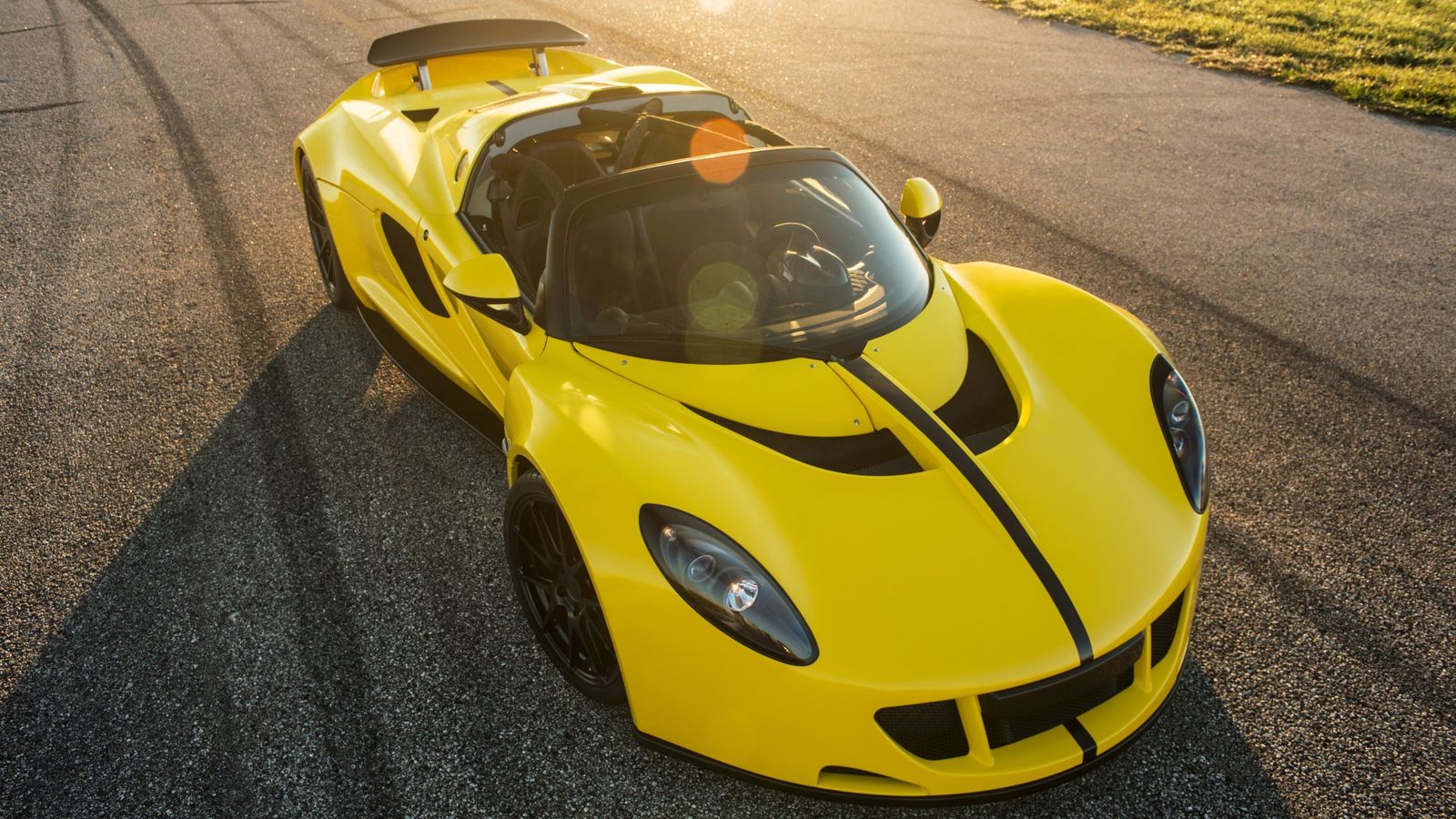
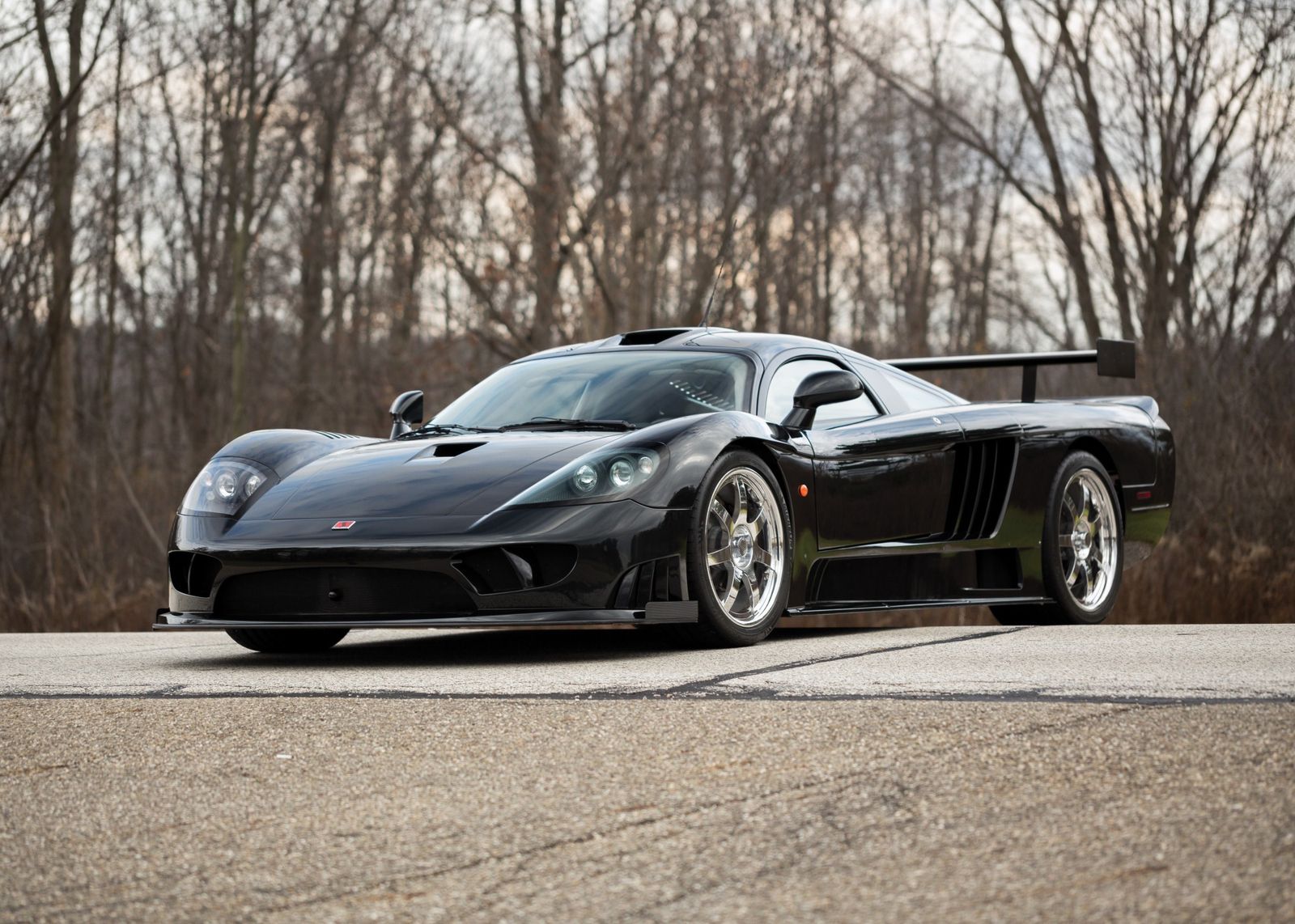
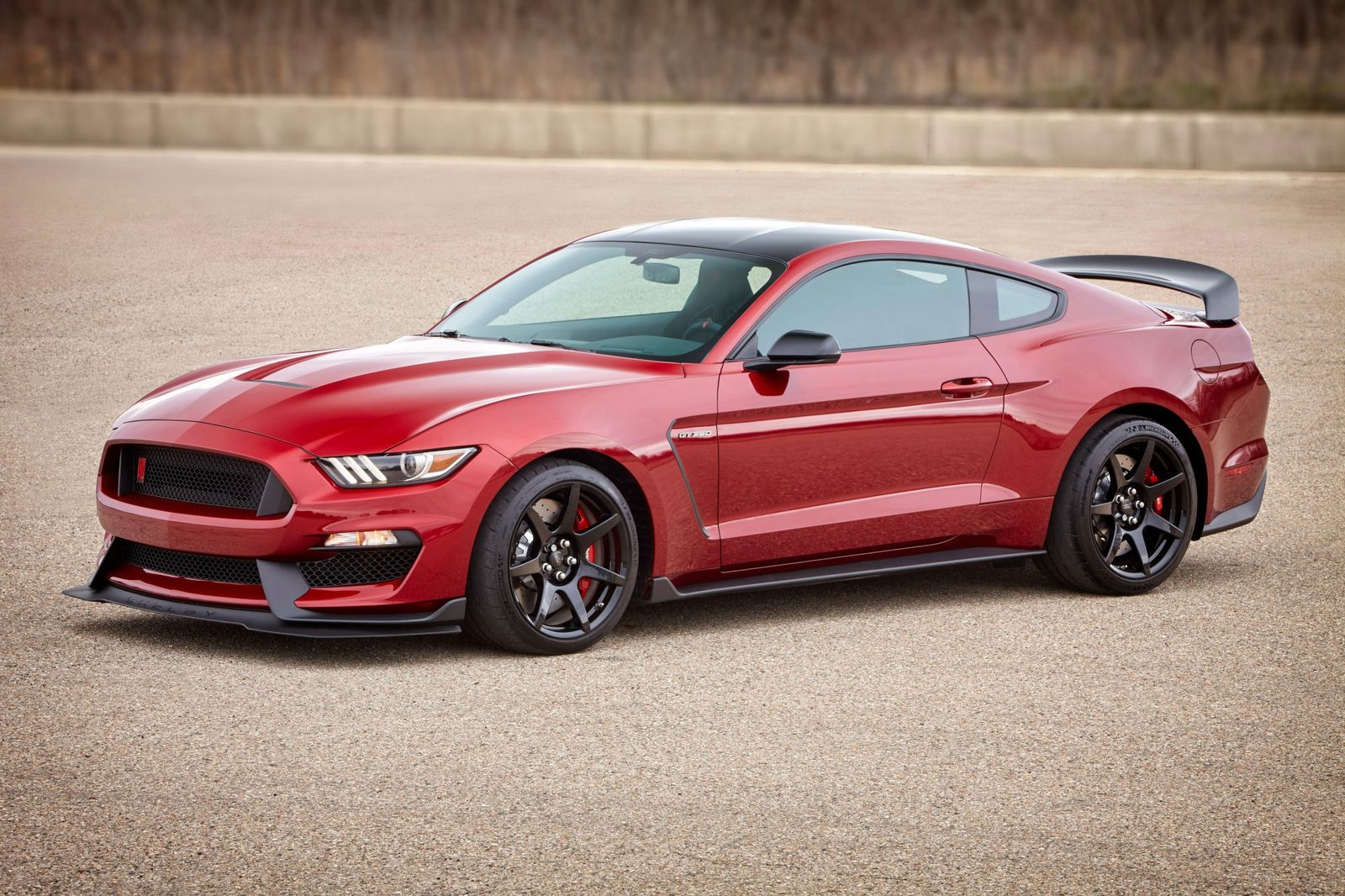
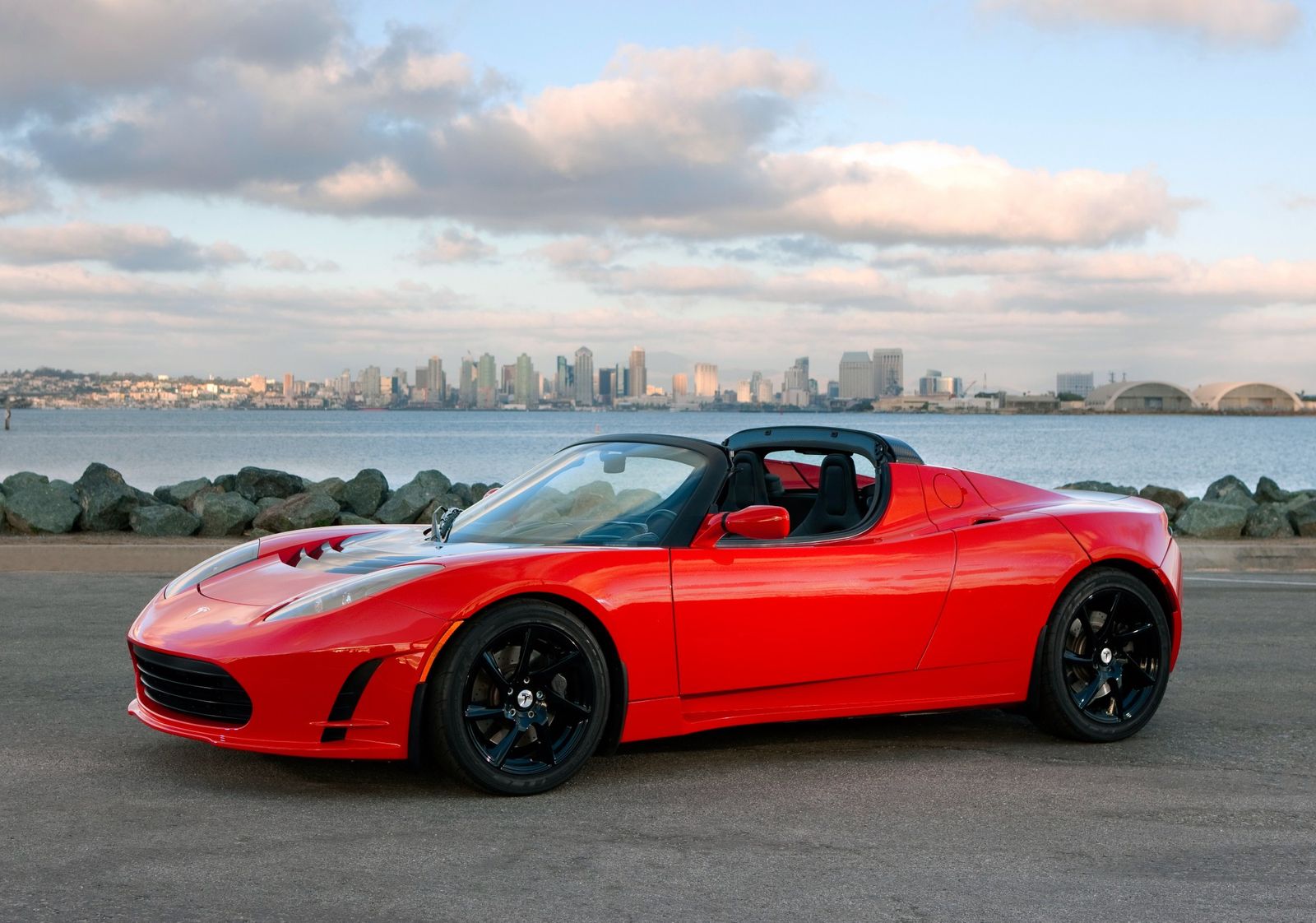
We used to make jokes about how poorly American cars handled, how badly they were built and how low-tech many of the technical solutions they used were. Oh how we laughed at the notion of an American sports car, in the context of driving nimble, lightweight metal from Europe and Japan.
However, in the last decade or so, there have been some changes in the US car industry which have lead to the creation of genuinely good and enjoyable cars to drive, as well as ones that handle well but can still monster a straight piece of road (i.e. actual supercars). Sure, there were rough spots for the automakers, and in the meantime they were even saved with government intervention, but there was a definite shift in the way they made cars.
Now you have any number of good-to-drive vehicles, and probably for the first time ever, the “made in the US” slogan actually stands for more than just low-tech, heavy-duty all-you-can-eat kind of vehicles with twelve jumbo cupholders.
Take the latest incarnation of the Corvette, possibly the last one with its engine in front of the driver. It’s still fairly low-tech compared to, say, a McLaren, but in Z06 form it’s a force to be reckoned with. It can pull lateral Gs to scare a Nissan GT-R into understeering, while acceleration is on par with what you get in the fastest front-engined Ferraris (at a fraction of the cost).

The all-new Ford Mustang is also confirmation for the point of this article. Not only is the latest generation the most advanced ever (and also the first with fully-independent rear suspension), but it’s also morphed into a true sports car. I mean there is no automotive enthusiast on planet earth who could find reasons not to intensely crave a GT350 and GT350R.

Another fast Ford is worth mentioning in this company, namely the GT supercar. It may ‘only’ be a V6, but with twin turbos and extremely low weight, it’s set to be one of the planet’s fastest non-hybrid supercars. It also looks the part, and you’d attract just as much attention clambering out from a GT than you would from any other much more exotic-sounding rival.

Even the first-gen modern Ford GT was a good car, and again one that went, stopped and looked like something with a much more pretentious badge.

Now, while the Hennessey Venom may not be a bespoke-designed supercar (it still bears a strong resemblance to the Lotus it uses so many parts from), it does pack one of the most vicious punches in the industry. It’s definitely worth mentioning here, even if critics could still call it a stretched Lotus with a V8.

The original modern American supercar is not the Hennessey, nor is it the Ford GT. It’s actually the Saleen S7, a monumentally fast (and incrementally faster) supercar built from 2000 to 2006. The twin turbo variant nearly cracked 400 km/h and dispatched the quarter in just 10.5 seconds, all while looking like a Le Mans GT car with number plates – it’s also significant as it was the first ever mid-engined production supercar America had ever made.

A formula very similar to that of the Saleen spawned the SSC Ultimate Aero (2006 to 2013), another of the world’s fastest ever cars. Its top speed of 256 mph / 412 km/h made it the fastest from 2007 to 2010 when the 268 mph / 431 km/h Bugatti Veyron arrived on the scene. The Ultimate Aero in its latest XT version now makes some 1,300 hp, is geared for 273 mph / 439 km/h; it will be replaced in 2017 by an all new model: the mysterious-sounding Tuatara.

It may not make any sound, or have more than one gear, or even not be based on a Lotus Elise, yet the Tesla Roadster is definitely a reference sports car for the US scene. It wasn’t good at all for high-speed cruising, but it was exciting, fast and mid-engined. It also looked quite different to the Lotus whose underpinnings it used and also retained some of its handling prowess.

The (Dodge) Viper also needs to be mentioned in this company. Now in its third generation, it has slowly cemented its position as the definitive excessive American two-seater. Why excessive? Well, it uses massive V10 engines (that have grown from from 8- to 8.4-liter) that don’t rev very highly, make particularly high horsepower numbers or sound all that good. In its latest incarnation and in GTS trim, it can attack a track like you would expect it to based on its looks, a feat its predecessors can’t really claim.

So yeah, no more jokes about sporty American cars; these are the most extreme examples, but there is an increasingly larger number of regular US-designed and built cars that are good to drive, but those will be featured in another article.
